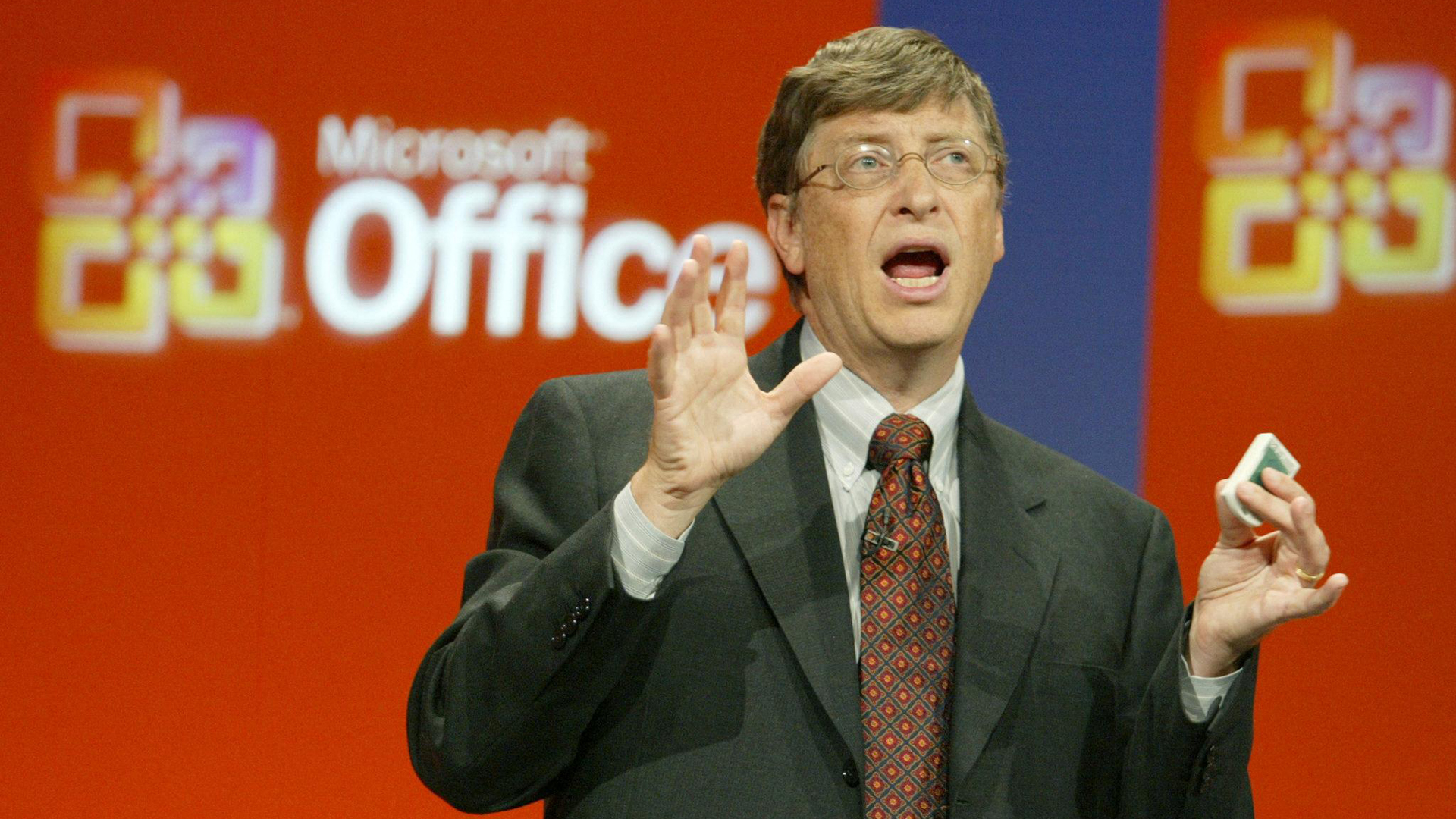The IBM deal that sparked Microsoft’s rise to prominence
Microsoft’s plucky deal with IBM in 1980 positioned it as a dominant player in the OS market

- IBM needed an operating system, Microsoft answered the call
- Shrewd dealing on Microsoft's part set it up for success
- The deal laid the groundwork for Microsoft to dominate the OS market
Seeking an operating system for its first personal computer, IBM was looking for suitors - and in 1980 Microsoft stepped in with an offer that changed the technology world forever.
The deal meant IBM had its long-awaited operating system, and Microsoft had a lucrative deal with one of the undisputed titans of the industry at that time. The only issue was that Microsoft didn’t actually have an operating system to use.
Reports over exactly how this deal went down are conflicting, but in the months prior to the Microsoft deal IBM had been in close contact with Digital Research, developer of the CP/M operating system.
Highly popular at the time, it appeared to be the perfect match for IBM, but the deal fell through. It’s here that Microsoft’s role in the whole affair was crucial.
86-DOS, developed by Seattle Computer Products (SCP) and known by designer Tim Paterson as QDOS (Quick and Dirty Operating System) was licensed by Microsoft.
Paterson was hired to port the system for use on the IBM PC, and within a year the blossoming tech giant had purchased all rights for the OS from SCP for a fee of $50,000.
If you’re wondering why ‘DOS’ sounds familiar, it’s because the operating system was renamed ‘MS-DOS’, the company’s original operating system. Part of the deal with IBM included a clause that allowed Microsoft to sell the OS to other manufacturers, rather than IBM as a sole customer.
Sign up to the TechRadar Pro newsletter to get all the top news, opinion, features and guidance your business needs to succeed!
Within the space of a few years, MS-DOS came to dominate the industry, and was the primary operating system for PCs globally before being superseded by Windows.
Microsoft sparks into life
Microsoft was by no means a minnow of the tech industry by this point, having been founded in 1975 and establishing itself as a key player in the programming space.
With the emergence of microcomputers in the 1970s, Microsoft’s version of the BASIC programming language had become highly popular. The deal with IBM took it to new heights, however, and positioned the company as a leading developer of operating systems.
The story from there speaks for itself. When MS-DOS was merged with Windows 95, it played a crucial role in driving the popularity of the iconic operating system.
That operating system, underpinned by MS-DOS, truly set the standard for the tech company’s future operating systems, with key features of Windows 95 even remaining to this day.
Today, Microsoft is one of an exclusive group of tech companies boasting a market cap in excess of $3 trillion, sitting alongside Nvidia, Alphabet and Apple.
In the age of AI tools, the company has also emerged as a dominant player, having struck an early lead in the generative AI race through its relationship with OpenAI.
Ross Kelly is News & Analysis Editor at ITPro, responsible for leading the brand's news output and in-depth reporting on the latest stories from across the business technology landscape.
You must confirm your public display name before commenting
Please logout and then login again, you will then be prompted to enter your display name.